Quick Overview of Winners and Losers
Who wins?
- Land speculators and property owners around rail line and at station areas hope to benefit from rising land prices. Note: Increased property taxes cause gentrification, and puts pressure on affordable housing.
- Chapel Hill residents in Meadowmont riding the train to DPAC and 9th Street in Durham. Note: They will need to find public transportation near to the stops and walk from there, as there is no parking lot planned at the train stops in Chapel Hill, except for the Friday Center.
- Employees of UNC Hospitals living in east Durham, who are willing to pay the to-be-determined ride costs, can commute back and forth to work. Note: This is estimated to be a 55-minute trip each way, compared to their current 20-minute drive.
- Doctors and residents working at UNC and Duke Hospitals who want to commute to the other hospital. Note: Currently, these hospitals are competitors and do not share employees, patients, or residency programs.
- Investors who will earn nearly $1 billion in interest from light rail loans.
- Legal firms and real estate trusts that will “process” all the light rail land acquisitions along the 17-mile path in general and in particular in the 1/4 mile radius around the light rail boarding stations.
- A few select developers of high density projects.
Who loses?
- The neediest among us will be hit the hardest, and they’re not the ones expected to ride. The $16.2 million dollars per year needed to maintain and operate the light rail will be paid for by the transit sales tax, because it is a regressive tax. Note: The transit tax will reduce the availability of funding for bus routes, thus affecting the cost of living for residents of Durham and Orange counties.
- The 90% of Orange County residents that are beyond practical access to the four light rail stops in Chapel Hill, but are taxed regardless.
- Rural residents of Orange County who must live with limited on demand bus service that won’t be expanded as the Light Rail project will use up most of the transit funding.
- Chapel Hill town residents who ride buses with limited frequency and route options.
- Those who had hoped the rail rout would go to RDU Airport, where it does not go.
- UNC employees who live all over the area who must rely on their cars to get to work because Orange County will not have the resources to invest in public transit to take them to major employment centers.
- Everyone driving on roads with crossing at-grade crossings. Note: Trains will cross roads every seven minutes, stopping traffic on already congested intersections.
- Schools and neighborhoods who are located next the planned ROMF rail yard on Fearrington Road. Note: Sound levels are expected to exceed noise ordinance in Chapel Hill.
- Residents of existing affordable housing will be priced out as properties around the stations are redeveloped.
- Taxpayers who will pay higher property taxes to supplement transit revenues. Note: Our two counties now have the honor of having the highest sales tax in the state, 7.5%, with no other county matching us.
You can help by signing the petition asking the Orange County commissioners to finally cap the local cost.

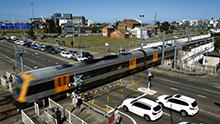



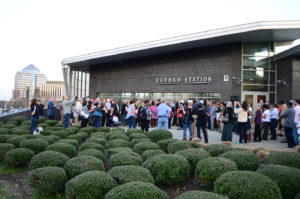


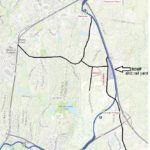
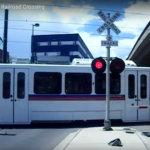
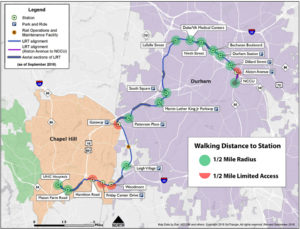
Follow Us